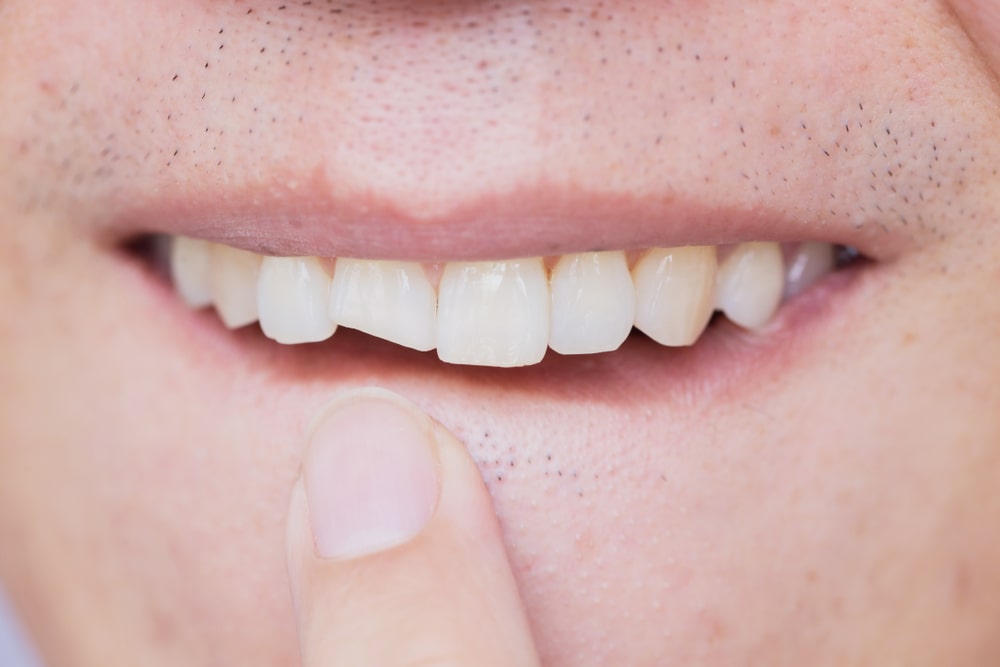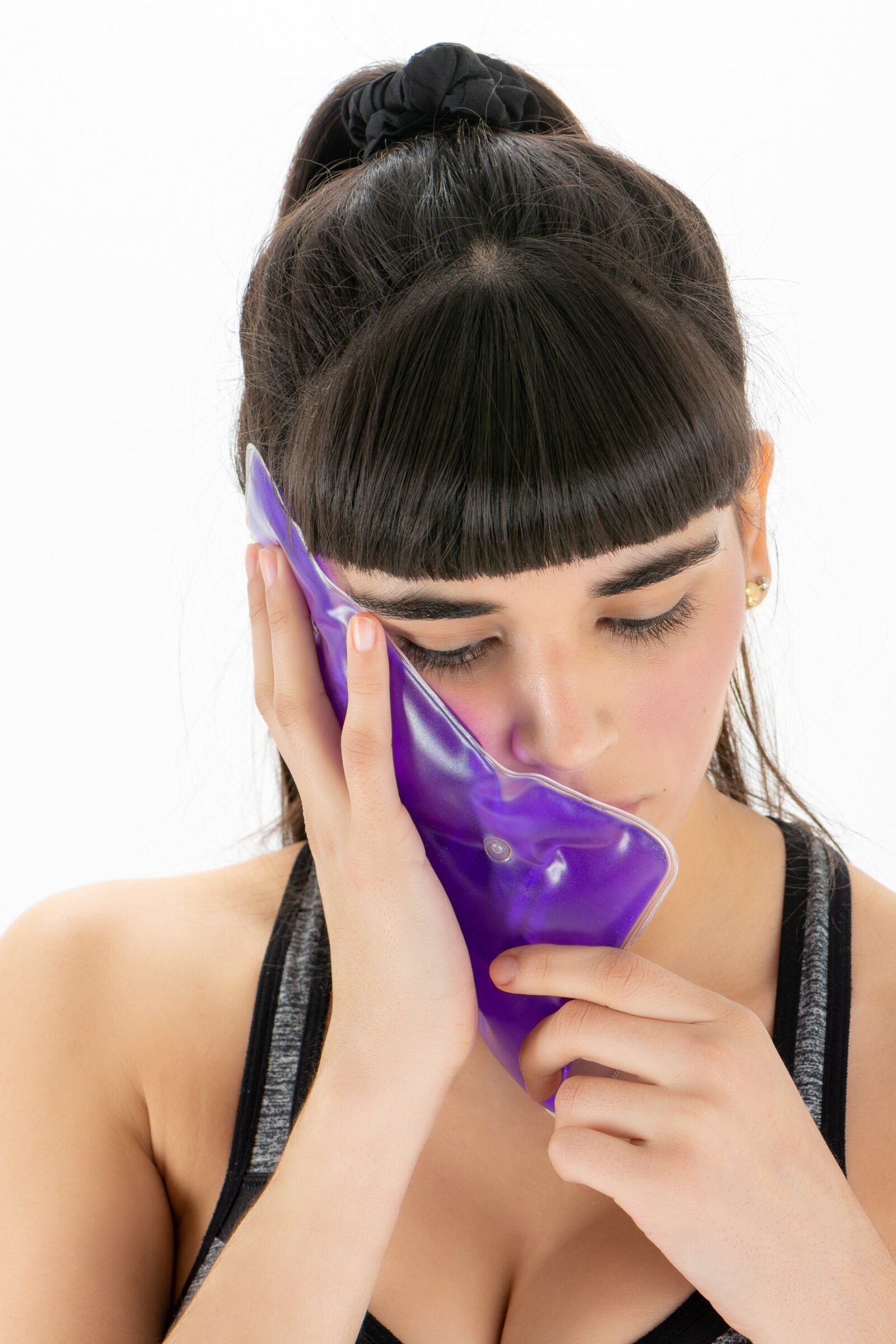You may not realize it, but dental emergencies happen all the time. When the unthinkable happens and you are in a dental emergency, it is important to know what to do. Unfortunately, many people don’t know what to do when they have a dental emergency and that can lead to serious problems.
There are five common emergencies that many people experience- knocked out tooth, loose tooth, damaged tooth, misplaced dental restoration, or severe tooth pain. While the best option is always to see your dentist immediately for appropriate treatment, we have created this blog so you know what to do in the meantime until you can get an appointment.
Knocked Out Tooth
Knocked out teeth are one type of common dental emergency. If you have knocked your tooth out, the best thing you can do is locate the tooth and then stop any bleeding that may be occurring by biting down on folded gauze or holding pressure with your finger over the area where the blood is coming from. Next, find a container that can hold water or milk, and store the tooth in it for safekeeping until you get an appointment with your dentist. Storing the tooth in milk or water prevents it from drying out.

Damaged Tooth
Even if your tooth is still firmly in place, a damaged tooth is another type of dental emergency. This is because bacteria can enter your tooth through chips, cracks, or fractures. Once the bacteria get inside your tooth, this can cause a dental pulp infection that will require a root canal. In the case that your tooth becomes damaged, you should always locate any missing pieces and store them in water or milk.
Loose Tooth
A loose tooth should always be evaluated by a professional as soon as possible to ensure nothing more serious has happened underneath the gums such as infection or damage to the bone. In order to keep a loose tooth in place, you will need to gently bite down on the tooth to keep it stabilized and prevent it from becoming looser.

Damaged or Lost Dental Restoration
Although dental restorations are strong, there are cases where they can become damaged or even fall out. This is especially common with temporary dental restorations, since they are not very strong and usually do not fit perfectly. When a dental restoration becomes damaged or falls out, you should always consult your dentist immediately to have it replaced. In the meantime, you can use gum or polident as a temporary measure to hold the restoration in place until your dental appointment. However, this should never be used as a long-term solution.
Severe Tooth Pain
Some dental emergencies do not involve damage, but rather severe pain in one of your teeth. Dental pain is always a sign that something may be wrong such as disease, infection, or injury to the tooth. When you experience severe dental pain, do not try and fix it on your own with over-the-counter medications because this can lead to more problems in some cases. Instead of trying home remedies like ibuprofen or acetaminophen, you can try to manage your pain with an ice pack. If the pain doesn’t improve after a few days, then it is time to call your dentist for more help in diagnosing what may be wrong and how they can treat it.
In Conclusion
Dental emergencies are not uncommon, but many people do not know what to do in the event that they experience one. We hope this blog post has helped you understand how dental emergencies happen and what steps you can take when an emergency occurs until you can see your dentist for a proper diagnosis. If you think you are experiencing a dental emergency, give our office a call immediately for further instruction.
